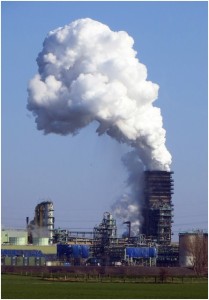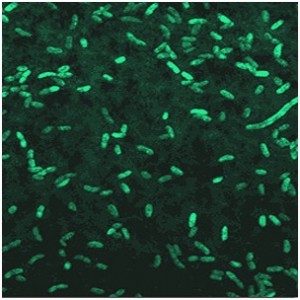For the “Applied Module at External Organizations” (AMEO) the 2nd semester Ecotox students complete an eight-week internship, either performed at an external university, governmental or industrial research institute to apply the competences achieved during their study. Several students used this opportunity to explore new places in Germany, others went out into the big, wide world. This time, Theo Wernicke tells us about his internship at Thor in Speyer, Germany.
I went to Speyer to perform a study for the chemical company Thor. During my internship I created my own research project on cooling water conservation and worked independently while benefitting from a nice and supporting work atmosphere, good analytical laboratory equipment and free lunch. Yum! Even though my project sounded unusual for an ecotoxicologist, I was able to apply many practical and theoretical skills gained during my studies.
What Thor is researching:
Thor is a multinational company specialized in the production of biocides and flame retardant chemicals. A concept for the company’s cooling water treatment is needed to keep the microbiological growth under control. Therefore several biocides are tested in the cooling water regarding their suitability for reducing microorganisms. Moreover, as the wastage cooling water is connected to the public water supply, safety limits regarding toxicity are observed, especially for the bacterium Vibrio fischeri.
What I actually did:
Destroying an ecosystem
Thor’s cooling water lines are an unwanted home for a kind of ecosystem consisting of different interacting bacteria. I was researching if Thor nevertheless can lead its waste water directly into the municipal waste water system or if the company has to treat it with its own treatment plant first due to a risk of waste water contamination with toxic breakdown products of the biocides. To answer this question I was looking for a correlation between the active ingredient content of the produced biocides and their toxicity to Vibrio fischeri. This bacterium has bioluminescent properties and is a model organism for waste water quality assessment. According to a DIN norm the Vibrio fischeri population is not allowed to exceed a specific threshold value when leading waste water into the public sewage network.
From test system to reality
My project was divided into two steps: At first, I observed and evaluated the toxicity of some biocides to Vibrio fischeri in a test system by creating dose-response models. The next step was to test the biocides in the actual cooling water system of Thor in terms of biocide breakdown, microbiological growth and toxicity to Vibrio fischeri. Additionally, some limiting parameters were observed over time. Taking all the results together a concept for the cooling water conservation had to be worked out.
(Based on an interview with Theo Wernicke)


